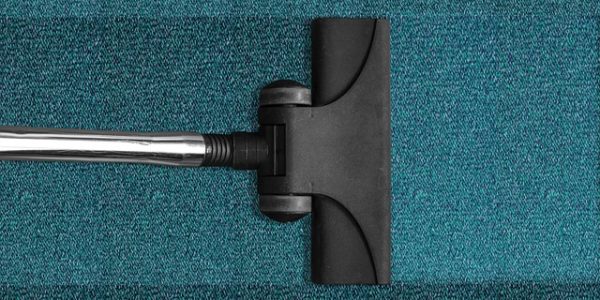Automation will either vault us into an incredible golden age of technological achievement, or it will bring about the downfall of mankind. We will either peacefully share a ride with an artificially intelligent android in a flying taxi, or be forced to defend ourselves from the job-stealing robots that we ourselves put into power. It’s either-or with no in between – according to most news headlines about automation, that is.
Regardless of your personal opinions about automation, there’s no denying that automation is becoming increasingly important in our lives. Home automation is becoming more popular and more common, and industrial automation is on the rise, even for small companies. How much do the two phenomena have in common?
Obviously there’s a pretty big difference in the price, capabilities, and sophistication between a robot that vacuums your floors and and an industrial spot welding robot. However, the two types of automation do share similarities.
Commonality for home and industrial automation
Both home and industrial automation benefit from technological advancements made in other types of robotics or automation. Time, money, and effort put into research for military robots is meant to lead to technological advancements for military robots. However, technologies discovered during research for military robots could potentially be applied to a robot in a factory or a robot in a kitchen in the future. Similarly, advancements made in home automation could benefit industrial automation, and vice versa.
Discoveries and technological breakthroughs don’t occur in a vacuum. Throughout history, accidental discoveries in one sector have been applied to others. For example, the super useful super glue we use today was stumbled upon while the military was trying to produce clear plastic gun sights in WWII. Improvements to sensors or advancements in motion control – regardless of where those improvements are found – benefit all robotics.
Another key similarity between home and industrial automation is the significance of IoT. The Internet of Things is integral to both home and industrial automation. IoT technologies will improve the capabilities of both home and factory automation.
The biggest difference between home and industrial automation
The biggest difference between the two types of automation lies in how they impact our world.
Industrial automation provides meaningful improvements to manufacturing. Home automation lends itself to convenience, but it doesn’t radically improve our lives.
Industrial automation reduces production costs, improves product quality, increases profitability, increases efficiency and productivity, and improves worker safety. Home automation makes marginal improvements in our lives by providing convenience.
If industrial motion control were to disappear, the world would feel it. The same isn’t necessarily true of home automation – at least not at the moment. We would have to get out of bed to change the thermostat, or vacuum our own floors, but that’s about it.
Your industrial motion control system is important, so treat it like it’s important. Call 479-422-0390 today for immediate support for Indramat motion control systems.



